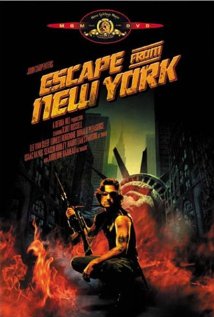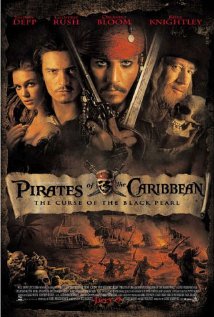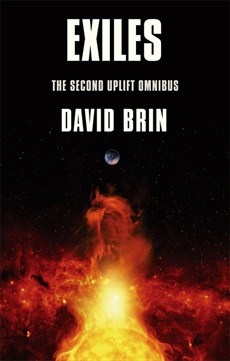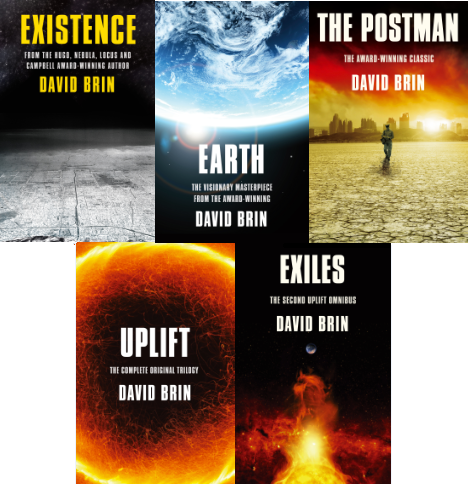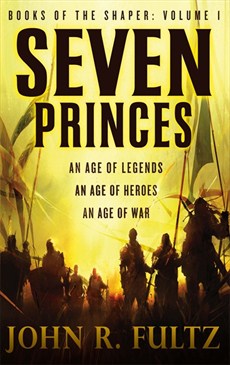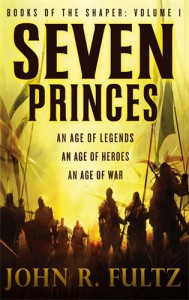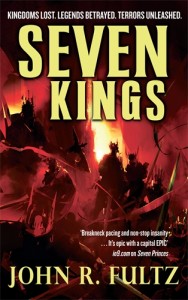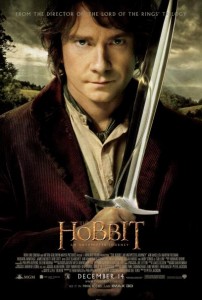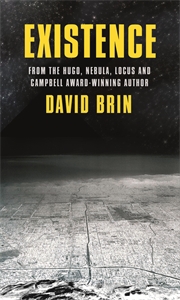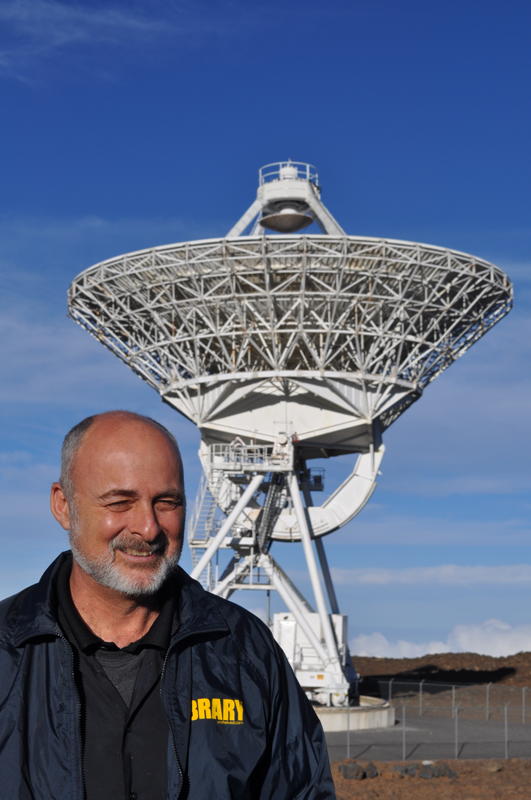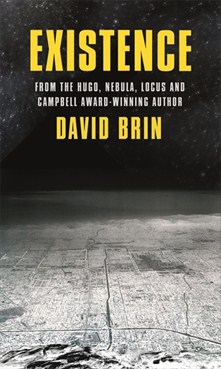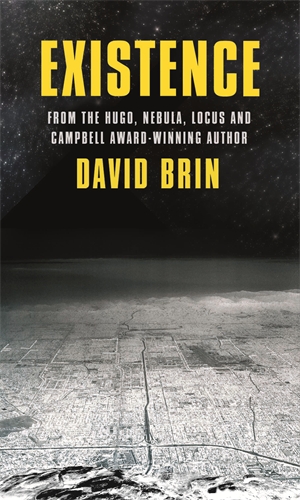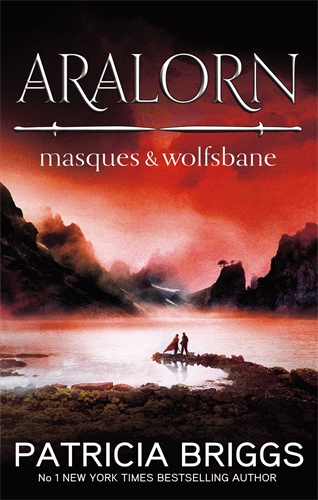Nuclear Deterrence in a Blood-Magic World
During our recent conversation about his Laundry novels, Charlie Stross mentioned he’d started out seeking to revitalize the horror behind Lovecraftiana by drawing a connection between unknowable dangers and the very familiar terror of the Cold War arms race. I found that particularly interesting. After all, the Laundry series and the Milkweed books share a subgenre that pits agents of the secret state against super- or paranormal entities. So perhaps it isn’t surprising that we’ve both recast the thermonuclear deterrence of Mutually Assured Destruction as something even more precarious: the threat of a mystical and far more absolute annihilation.
(We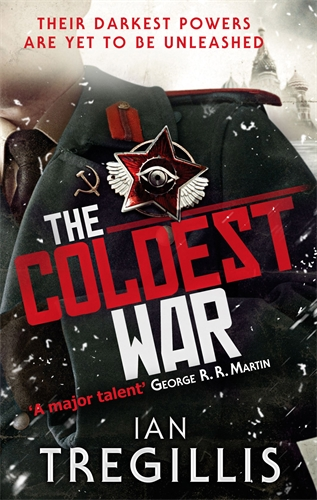 even followed parallel lines of thought when it came to titles. Charlie called his story of the Shoggoth Gap “A Colder War,” while I went with THE COLDEST WAR for my tale of mystical brinksmanship.)
even followed parallel lines of thought when it came to titles. Charlie called his story of the Shoggoth Gap “A Colder War,” while I went with THE COLDEST WAR for my tale of mystical brinksmanship.)
I was a child when the Reagan-era arms race began. But I had an early interest in science, so I’d already scoured the school library to read everything I could find about those wondrous things called atoms. Which unfortunately meant I had a vague notion of these things called atomic weapons. (Who in their right mind thought it was a good idea to let me read this stuff? Way to go, mom and dad.)
Thanks to classroom discussions of current events at the time, I also knew we were building them as fast as we could. Halfway around the world, so was another monolithic power. And we were aiming them at each other, like lions circling and snapping their teeth. But at that age I didn’t understand why this was happening, or why our enemies were so terrible that global annihilation was preferable to their triumph in some abstract and incomprehensible conflict. All I knew was the world teetered on a razor’s edge, and that my fate rested in the hands of people who knew nothing of me, my parents, or my cat (good old Gadzooks).
That’ll mess with your head when you’re 10 years old.
And so I spent the early 1980s filled with an almost paralyzing dread. (more…)

